Climbing a mountain has always been the most difficult challenge for a person. The desire to conquer the highest peak and prove one’s strength and endurance attracts brave and courageous travelers from all over the world. Some remain on these peaks as a warning to careless and reckless climbers. Here is a list of the 10 most dangerous mountains to climb in the world in 2025.
1. Everest
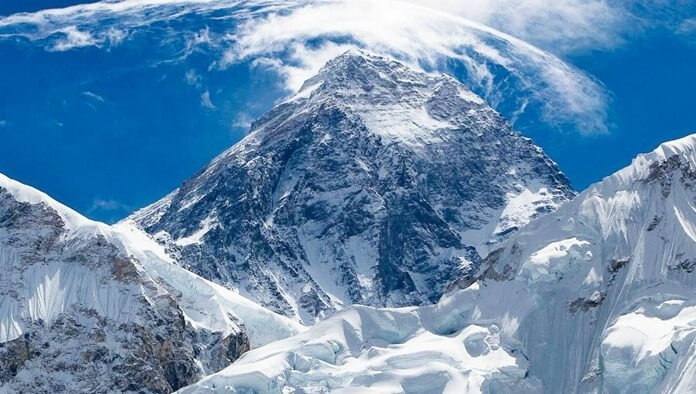
The highest mountain in the world and one of the most dangerous to climb. Climbers who have taken on Everest have found that the extreme altitude and ever-changing weather conditions make attempting to reach the summit extremely challenging. Temperatures can drop to -25 degrees Celsius and winds can reach 200 mph.
Since the first successful ascent by Sir Edmund Hillary and Nepalese Sherpa Tenzing Norgay in 1953, thousands of climbers have tried their luck at reaching the summit of Everest. About 332 people died in the process.Most of these deaths were related to altitude sickness, falls and avalanches.
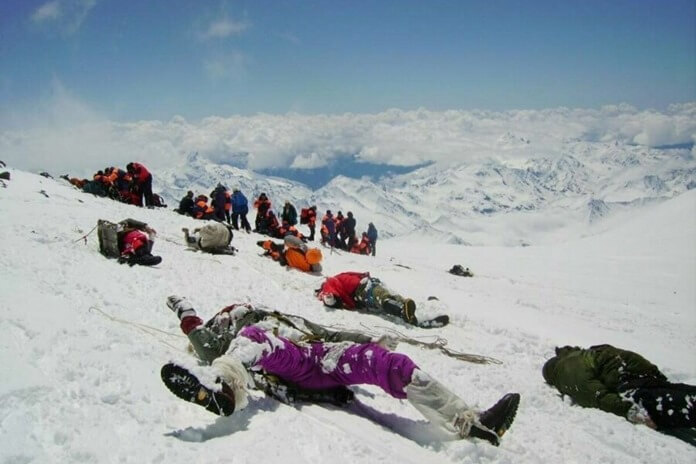
The last years without known deaths on Everest were 1977, when just two people reached the summit, and 2020, when Nepal suspended permits due to the pandemic.
2. Chogori K2
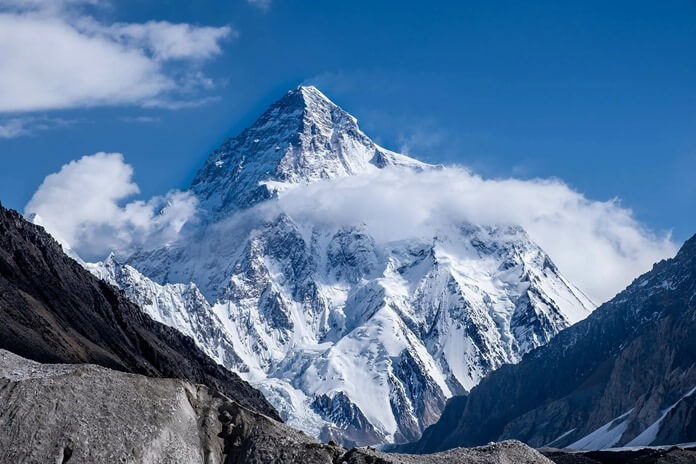
The second highest mountain after Everest, the highest point is 8,614 meters. The climate and topography of K2 are more unpredictable and harsh compared to Everest. Climbers find it difficult to climb this mountain because of its steep rock faces, huge snow fields with deep snow, and unfavorable weather conditions. Because of the latter circumstance, almost all ascents take place in July and August.
Currently registered on K2 91 fatal cases. Most of them are related to the Death Zone, located at an altitude of 7925 meters. In this zone, the human body dies cell by cell due to lack of oxygen.
3. Nanga Parbat

The ninth highest mountain in the world is located in the Himalayas and is located between Pakistan and India. The peak of the mountain reaches 8,125 meters above sea level.
While Nanga Parbat is not as challenging for climbers as some of the other mountains on this list, it does pose its own challenges: icy slopes and unpredictable weather conditions make the summit inaccessible for much of the year.
Currently known about 85 dead on this mountain. However, several people are missing and the death toll on Nanga Parbat may be higher. Many of the climbers' deaths on this eight-thousander are due to avalanches.
4. Manaslu

The world's eighth eight-thousander (8,163 metres) is particularly challenging for climbers due to its numerous glaciers, crevices and very steep terrain.
Manaslu translates from Sanskrit as "Mountain of Spirits" and it has already taken 84 souls, mostly climbers who fell and died as a result of avalanches. Several deaths were caused by altitude sickness and extreme weather conditions.
5. Dhaulagiri

Dhaulagiri I, known as the seventh highest mountain in the world, is located in the Himalayas. Its absolute height reaches 8,167 meters. It has many steep, glaciated walls, frequent avalanches and heavy snowfalls.
Currently registered 82 deaths of climbers and Sherpas. Most of them died in avalanches. The mountain is also located in a remote area, making it difficult to get help. However, climbing Dhaulagiri is said to be worth it, as the summit offers stunning views of the surrounding mountain ranges. The mountain's name itself comes from the Sanskrit word Dhawala ("dazzling white, beautiful") and giri ("mountain").
6. Annapurna
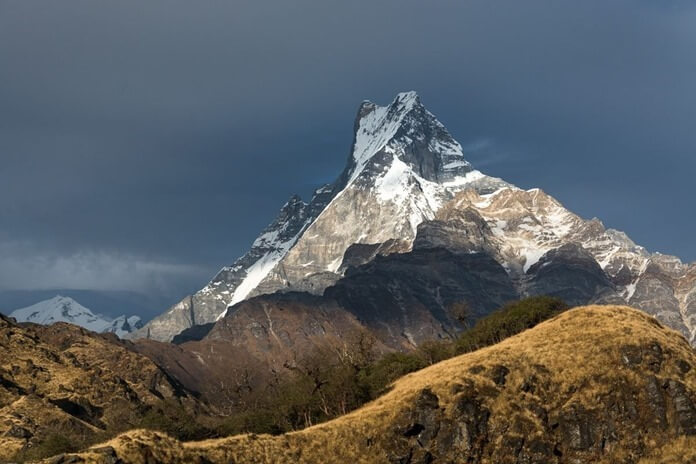
From 2012 to 2022, Annapurna had the highest fatality rate (22%) among climbers conquering eight-thousanders. It is no surprise that it is among the top ten deadliest mountains in the world.
Annapurna poses many threats to climbers, including avalanches, unpredictable weather and steep trails. In 2014, one of the snowstorms took the lives of 43 peopleAnother 175 tourists were injured by snowstorms and avalanches on and around the mountain, and between 10 and 50 people were reported missing. The 2014 tragedy is the worst tourist disaster in Nepal's history.
7. Elbrus
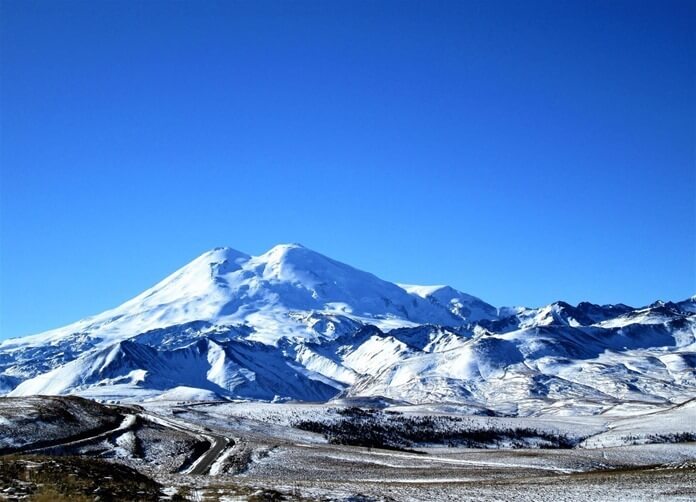
There are no exact statistics on fatalities on Elbrus, but back in 2016, the TASS agency, citing the head of the Elbrus high-mountain search and rescue team, Abdullakh Guliyev, reported that 30 people had died on the mountain in a year. And from 2017 to 2021, according to media reports, the highest peak in Russia and Europe took the lives of 23 peopleThere is no exact data on how many tourists died on Elbrus in 2022-2023.
The main danger of Elbrus is bad weather. For example, in May 2006, 11 of 12 tourists who were climbing beyond the Western Summit froze to death. And in 2021, five climbers died at an altitude of 5.4 thousand meters. Their rescue was complicated by poor weather conditions: poor visibility, a snow storm, temperatures down to -20 degrees and strong gusts of wind.
8. Kanchenjunga

Although Kanchenjunga is the third highest eight-thousander in the world (8,586 meters), it is not the most dangerous on the list.
Due to unstable weather, avalanches and high altitude, Kanchenjunga is a challenging climb for most climbers. At the moment 58 deaths recordedMost of the deaths occurred due to falls from steep ledges.
9. Cho-Oyu
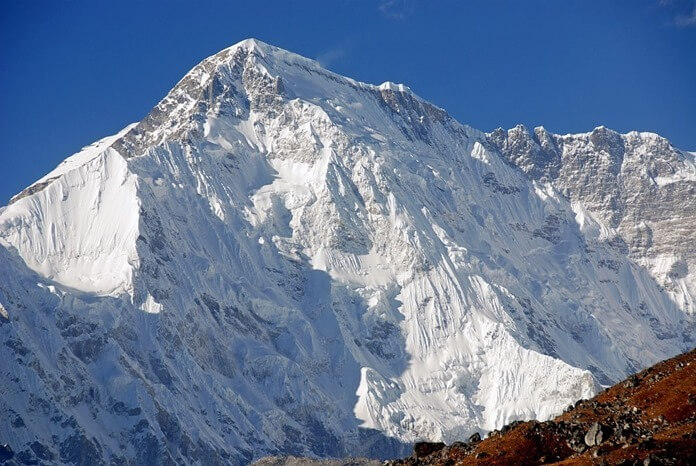
One of the most popular eight-thousanders in the world. Even people with average mountaineering skills can climb it. The glaciated Nangpa La pass, 5,716 meters high, is a major trade route from Nepal to Tibet. However, this does not mean that Cho Oyu is completely safe. 52 deaths, recorded on this mountain, occurred for various reasons. Four people died as a result of an avalanche, two died from exhaustion and several people died as a result of a fall.
10. Makalu
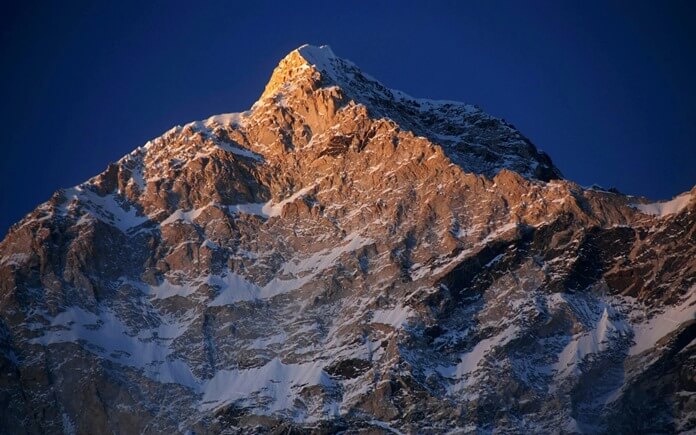
The fifth highest eight-thousander in the world (8485 meters) is located on the border of Nepal and China, in the eastern part of the Mahalangur Himalayas. Makalu's characteristic feature is its four-sided pyramid-shaped peak.
The mountain still stands today took the lives of 40 climbersSome died due to severe weather conditions, such as avalanches. Others died from altitude sickness or accidents.









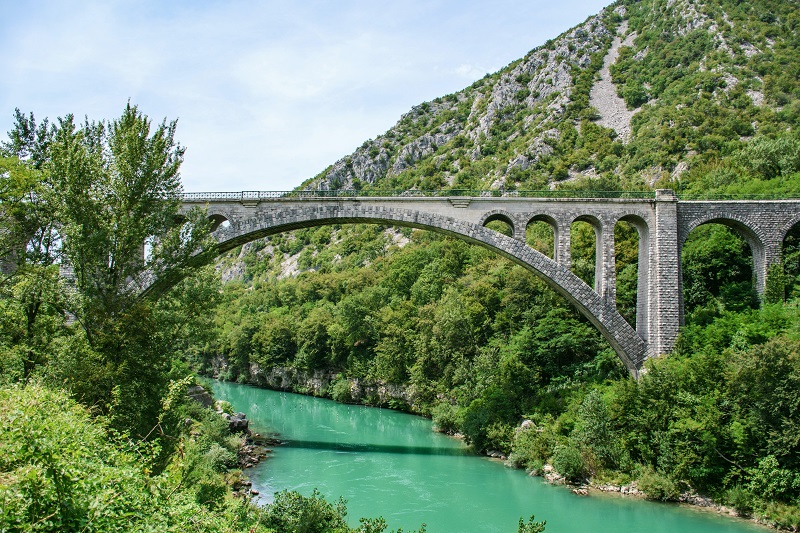
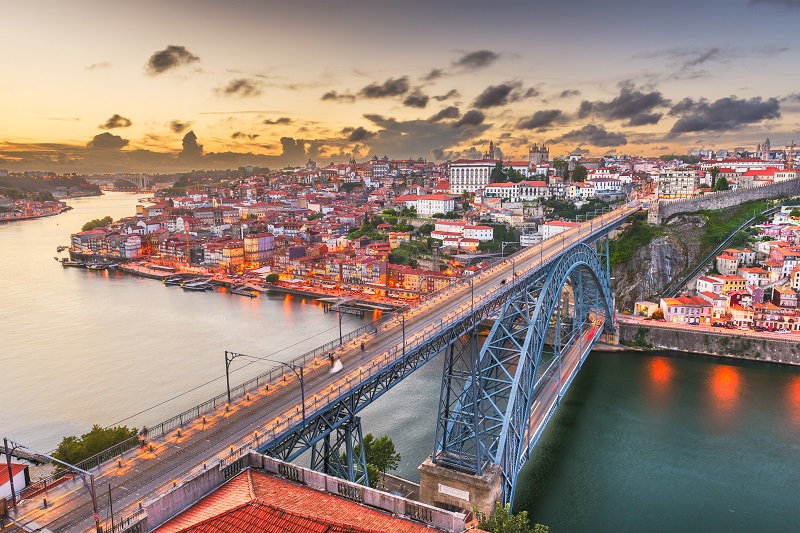
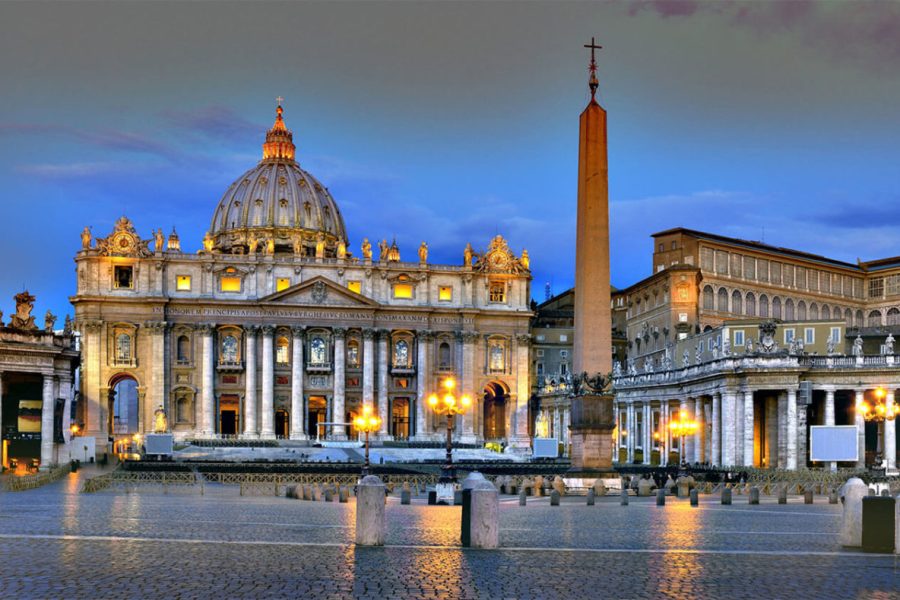


Оставить Комментарий